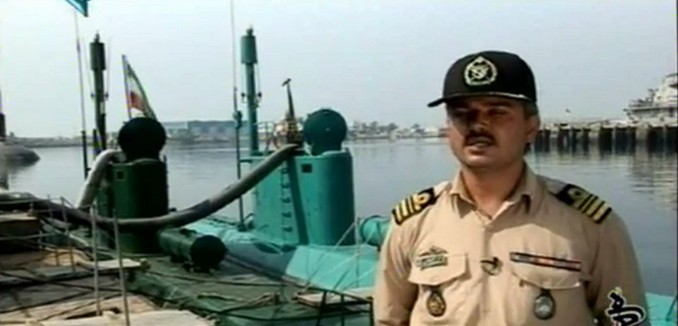DefenseNews recently highlighted the capabilities of Iran’s navies, the Islamic Republic of Iran Navy (IRIN) and the Islamic Revolutionary Guards Corps Navy (IRGCN). While neither navy is a major threat in conventional terms both are threats, especially in the Persian Gulf region, due to their “ability for irregular warfare.”
A military analyst described the Iranian naval threat to DefenseNews:
The Iranian Revolutionary Guards [Corps] threaten every state in the region. The IRGC possess mini-subs and are a constant menace to not only the UAE Navy, but to all naval trade passing through the Strait of Hormuz as they are particularly hard to trace. There have been numerous unconfirmed reports that Iranian midget subs have been spotted within a number of the regional ports, something which is particularly worrying for the entire [Gulf Cooperation Council] region.
Iran’s threat to naval commerce is a complement of its irregular warfare strategy, according to Anthony Cordesman:
But Iran is proficient at irregular warfare. It has built up a powerful mix of capabilities for both regular and IRGC forces to defend territory, intimidate neighbors, threaten the flow of oil and shipping through the Gulf, and attack Gulf targets. It has a dedicated force to train and equip non-state actors like Hezbollah, Hamas and Shiite extremists in Iraq—potential proxies that give Iran leverage over other states.
[Photo: FulcrumPilot / YouTube ]




